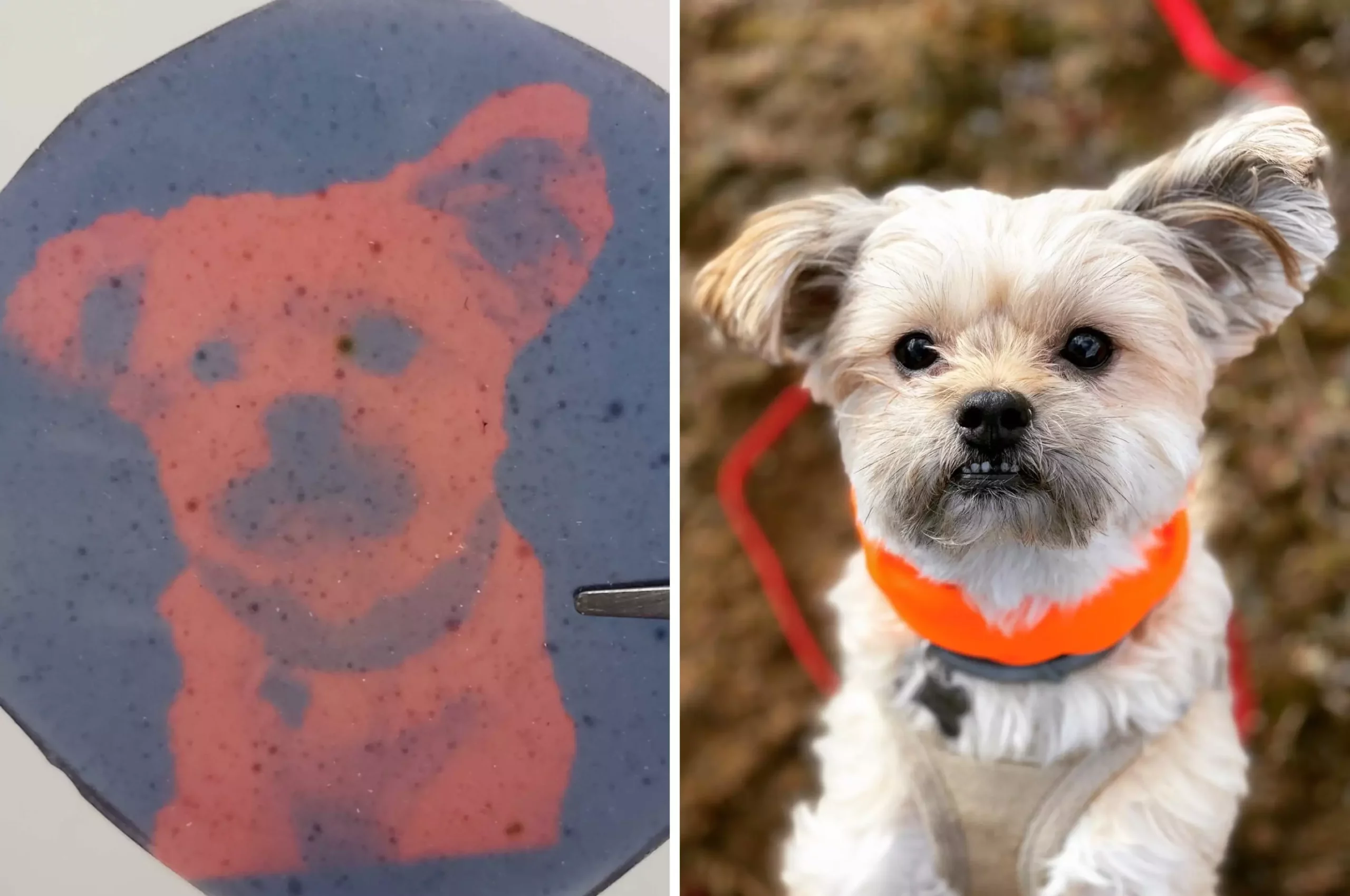Imagine a world where physicians can hold a three-dimensional representation of a patient’s heart, brain, or kidneys in their hands. A recent breakthrough outlined in the journal Chem by researchers at Dartmouth and Southern Methodist University (SMU) introduces a novel technique that could make this a reality. Using a specialized light projector, researchers can imprint images inside polymers containing a photosensitive chemical additive. This allows for the creation of high-resolution 3D images in polymer cubes for a variety of applications, from surgical planning to educational tools.
The key to this innovative technology lies in a photosensitive chemical “switch” developed by researchers at Dartmouth. The switch, consisting of azobenzene and boron difluoride, reacts to red and blue light from a projector, allowing for the creation and erasing of images in the polymer. The projection process involves illuminating the polymer from different angles with patterns of light to activate the photosensitive chemical and produce 3D patterns. This method enables the transformation of readily available polymers, such as acrylic cubes, into customizable 3D displays.
While the primary focus of this technology is on medical imaging, the potential applications extend beyond the healthcare industry. The ability to generate 3D images in a compact and easily customizable format opens doors for use in fields like architecture, education, and art. Researchers envision a future where detailed visual data can be easily accessed and manipulated using this reversible 3D printing technology. With the right polymer and the light-based engraving process, complex 3D images can be created without the need for specialized equipment.
As researchers continue to refine the technology, the focus is on improving resolution, contrast, and refresh rate to scale up for practical applications. The goal is to enhance the process of creating animated images in polymers and streamline the production of 3D projections from 2D images. The potential for this technology to revolutionize medical imaging, industry, and education is vast, with the ability to transform everyday polymers into dynamic 3D displays with just a few beams of light.
The breakthrough reported in Chem by researchers at Dartmouth and SMU represents a significant advancement in the field of medical imaging and beyond. The ability to create detailed 3D projections in polymer cubes using light-based engraving opens up a world of possibilities for various applications. As this technology continues to evolve and improve, we can expect to see it play a crucial role in shaping the future of imaging technology across multiple industries.


Leave a Reply